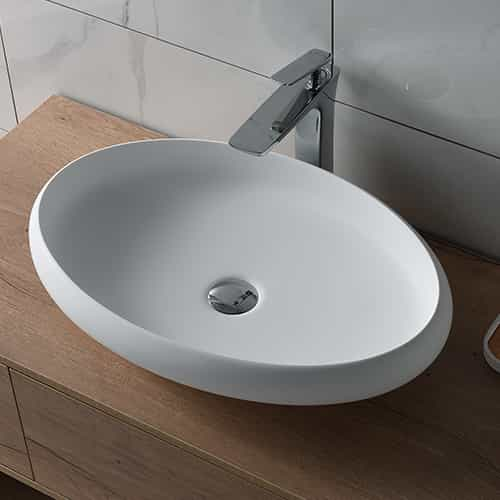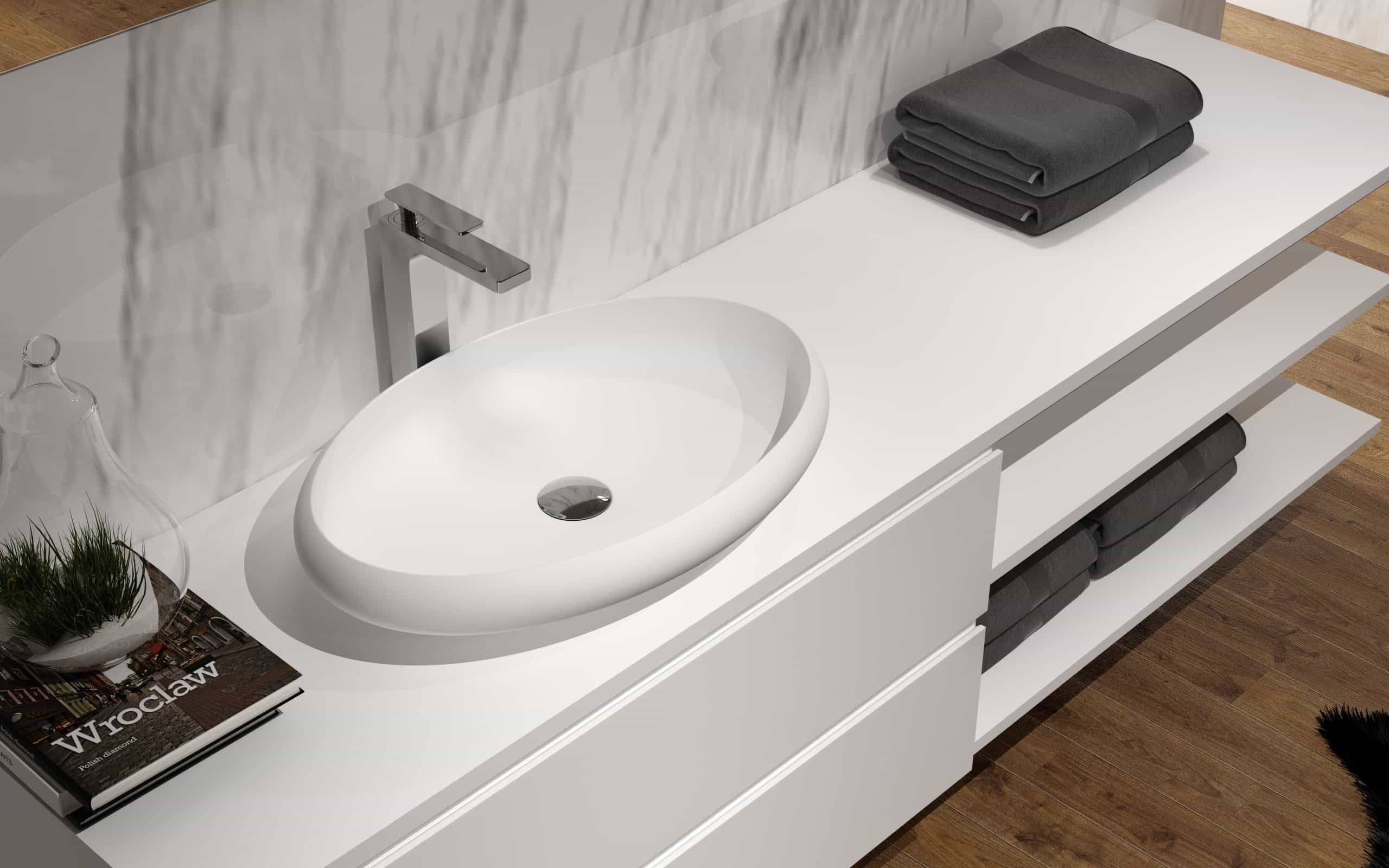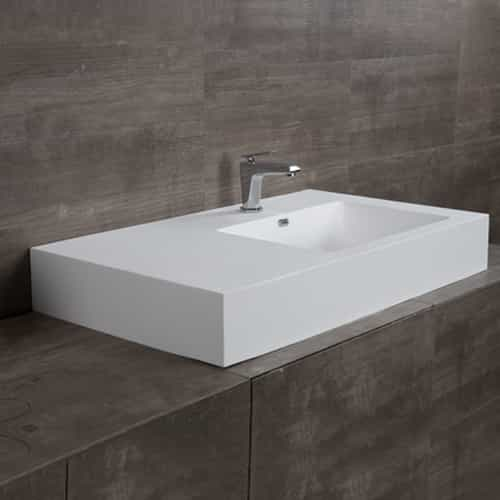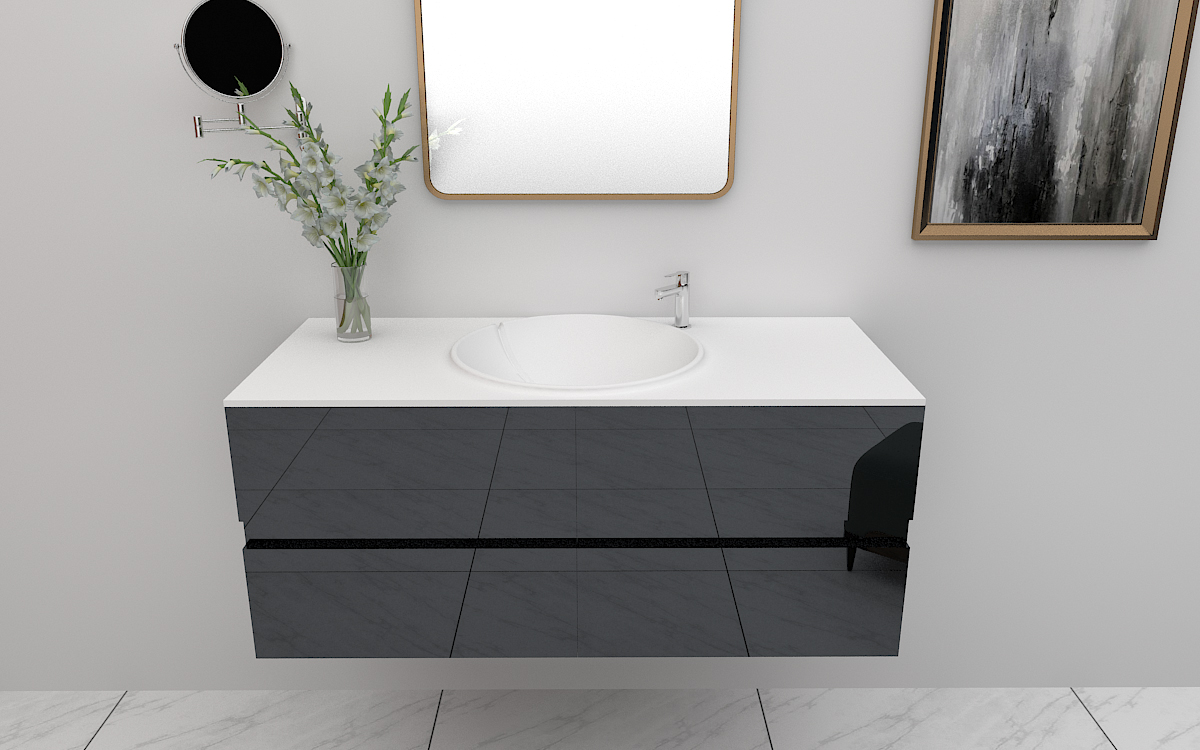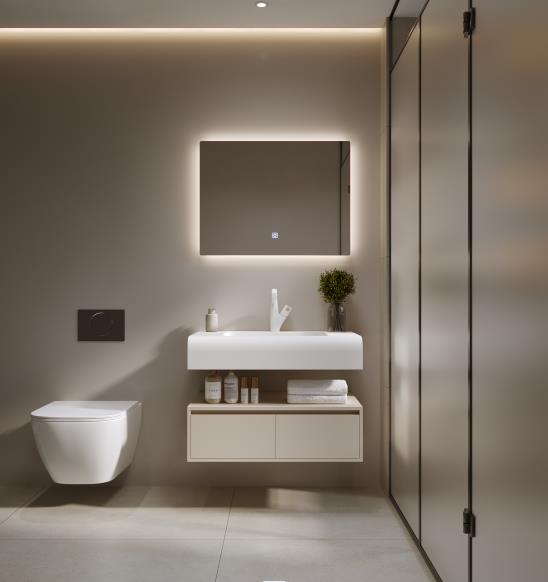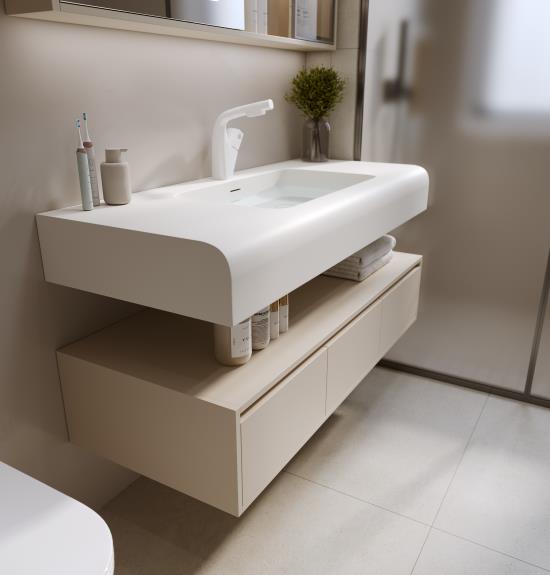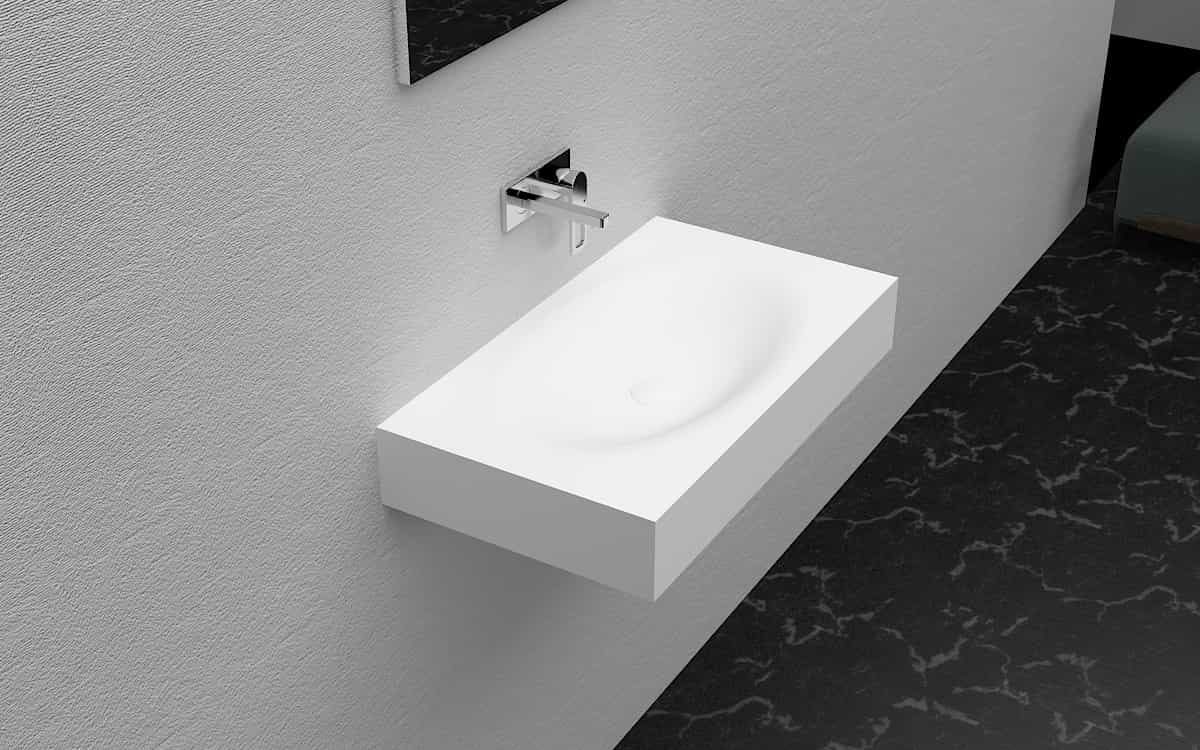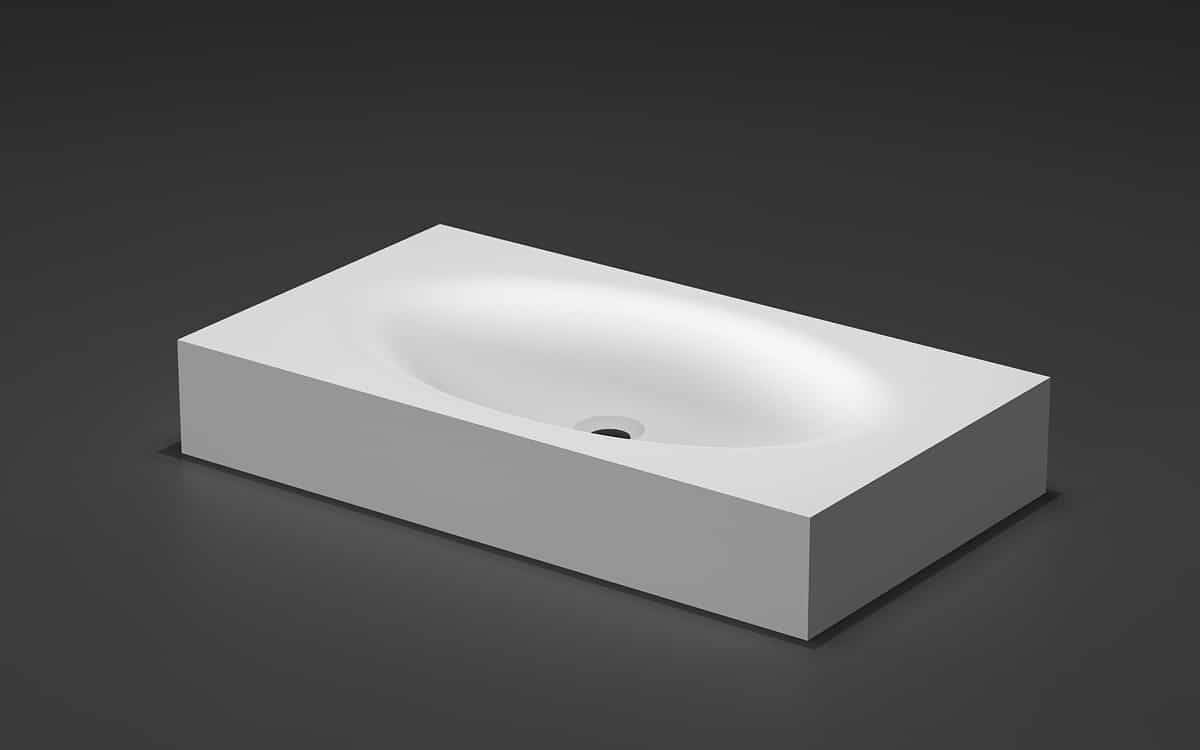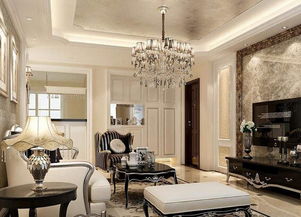
And with the progress of the times, owners are more and more personalized, the requirements of the decoration is increasing day by day, so the decoration is becoming more and more complex, the more building materials and furniture used in the decoration, it will lead to indoor decoration pollution is more serious, so for the sake of the owners’ health considerations, it is recommended that owners do not overly pursue the gorgeous decoration effect. What are the indoor decoration pollution? There are many sources of indoor decoration pollution, the most common and most known by the owners is a variety of raw materials of adhesives, in addition to many, let us reveal the following one by one.
Formaldehyde pollution: formaldehyde is recognized worldwide as a potential carcinogen, stimulating the eyes and respiratory mucosa, causing abnormal immune function, damage to multiple organs and the central nervous system, and can also cause fetal malformations. Indoor formaldehyde mainly comes from building materials, furniture, man-made panels, various adhesives paint and synthetic textiles, etc.. Large core board, multi-layer plywood, density fiberboard and other man-made panels, adhesives, wallpaper, chemical fiber carpets, foam materials, etc. may cause formaldehyde pollution. Various types of man-made panels and their furniture are usually made using urea-formaldehyde resin as an adhesive, which is probably the largest source of formaldehyde emissions.
Benzene pollution: Benzene is a strong carcinogen. Inhalation of high concentrations of benzene within a short period of time can cause symptoms of central nervous system anesthesia, dizziness and nausea in mild cases, and coma in severe cases. Gum, paint, coatings, adhesives, insulation materials, waterproofing materials, etc. are likely to release benzene substances. Benzene is no less harmful than formaldehyde, and is also a major pollutant in home interior decoration. We must understand its harmfulness when carrying out interior decoration, so pay enough attention to it and take necessary protective measures.
Radon pollution: granite, marble, tiles and other stones, ceramic sanitary ware, gypsum and cement in interior decoration may cause radioactive radon pollution. Radon is colorless and tasteless, even in an environment with high radon concentration, people have no feeling about it, while under the exposure of high concentration of radon, the organism appears changes of blood cells. Radon has a high affinity to human fat, especially when radon combines with the nervous system, it is more harmful. Another manifestation is the occurrence of tumors. Since radon is a radioactive gas, when people inhale it into their bodies, it can induce lung cancer.
Benzene: Benzene is a colorless liquid with special aromatic odor. Hazard: Long-term inhalation of benzene can lead to aplastic anemia.
TVOC: Total volatile organic compounds (TVOC), mainly from paints, adhesives, etc. Hazards: TVOC can cause dizziness, headache, drowsiness, weakness, chest tightness and other symptoms.
There are many sources of renovation pollution, a significant part of which is due to improper materials used in the renovation process caused to avoid indoor decoration pollution, in the purchase of decoration materials should avoid the use of materials containing harmful substances, the use of green building materials in line with national standards; there is also a part of the renovation process will produce a variety of dust, waste and noise pollution, in a fully or semi-enclosed indoor environment The air pollution can be controlled by the use of air pollution, which produces harmful gases that can seriously affect people’s lives. Therefore, control air pollution, you can start from the specification of environmentally friendly building materials; control noise pollution, you can ask the renovation staff to strictly comply with the requirements of construction time, or take other measures to prevent noise.








